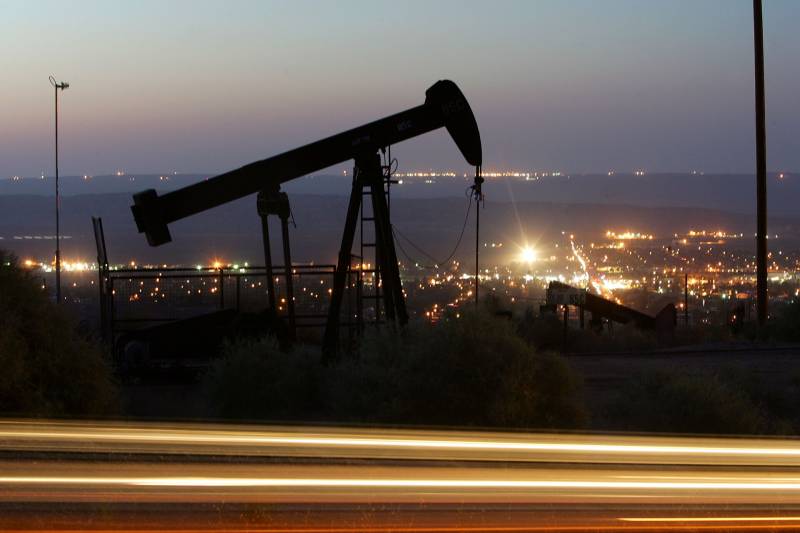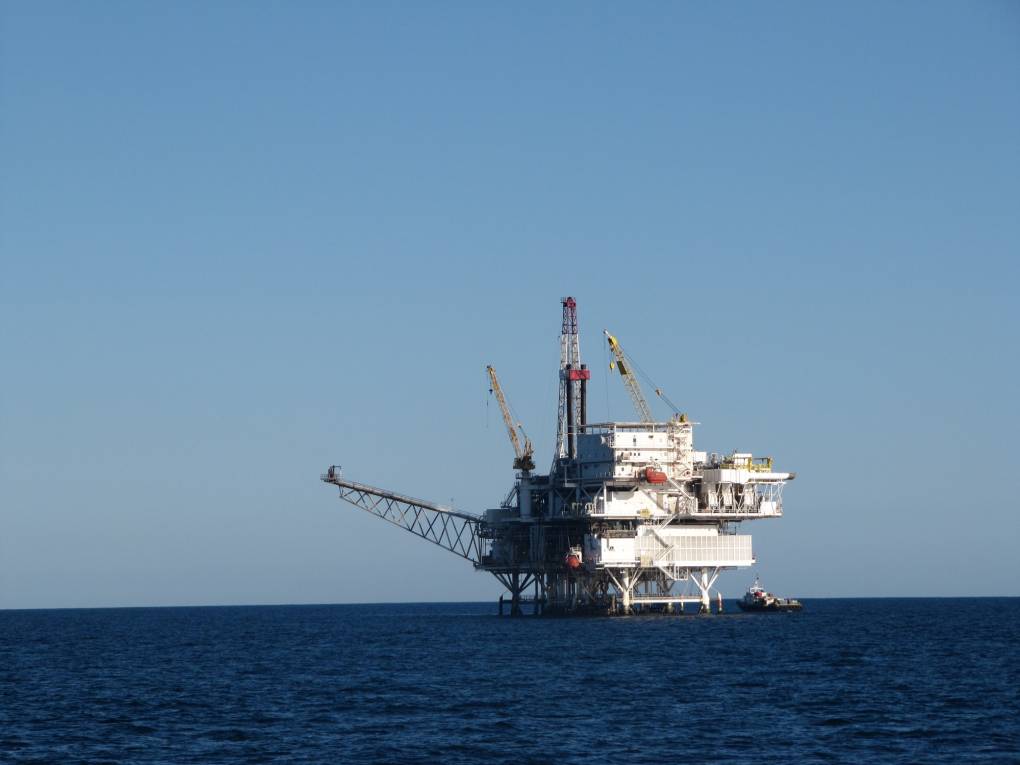A new analysis from an environmental advocacy group highlights a dirty secret about California-produced oil: It is responsible for higher carbon emissions than the oil the state imports.
Scientists with the Center for Biological Diversity examined the carbon intensity of the crude oil supplied to California refineries and released their analysis on Monday, which shows that producing gasoline from heavy crude oil drilled in places like Kern County takes a lot of energy and creates tons of pollution.
They found that the carbon intensity of oil produced in California has climbed by 22% since 2012.
“California’s oil is getting dirtier and heavier, heating the planet more and requiring more polluting methods to extract it,” said John Fleming, the report’s lead author, in a statement. “The idea that California oil is somehow cleaner or climate-friendly is ludicrous.”



